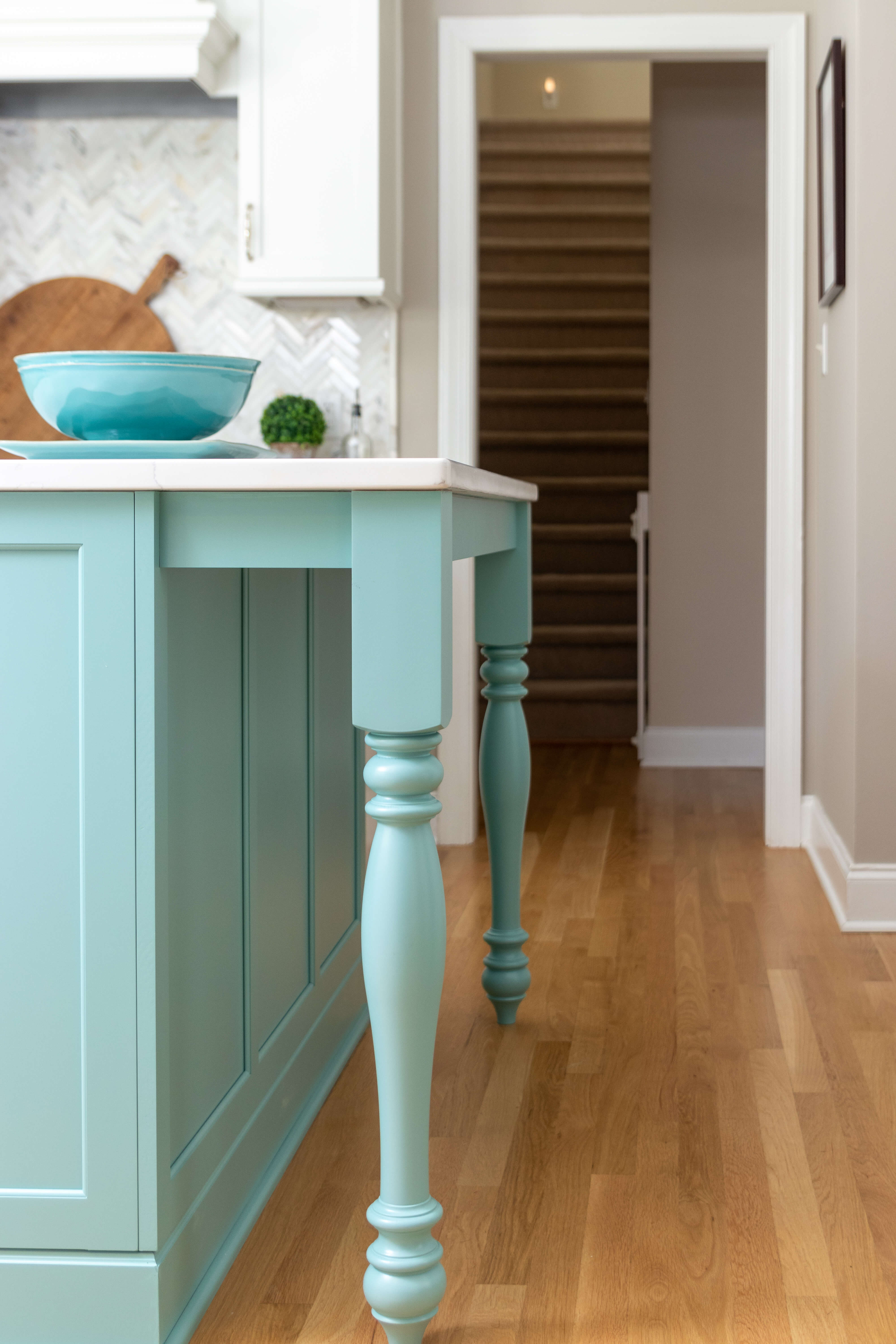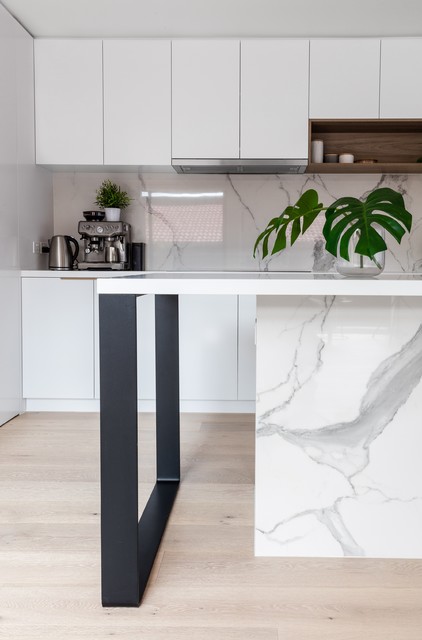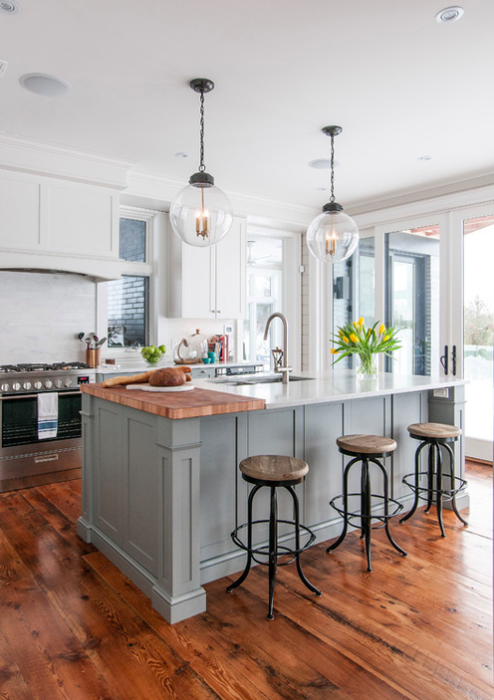Kitchen Island Legs for Modern and Classic Kitchens
Kitchen Island Legs for Modern and Classic Kitchens
Blog Article
Important Tips for Selecting the Perfect Dining Table for Your Kitchen
Picking the perfect eating table for your cooking area is greater than just an issue of preference; it requires a comprehensive understanding of your space and demands. Begin by measuring your offered area to make certain ample clearance for activity. The shape of the table plays an essential function; while rectangular tables fit larger locations, round ones foster intimacy, and extendable choices provide flexibility. Product choice is just as critical, with woods supplying longevity and glass borrowing a modern-day touch. Ultimately, the table should balance with your kitchen's looks and fit your family members conveniently. What other factors might affect this important decision?
Step Your Room
Selecting the perfect table begins with a meticulous evaluation of your readily available area. This fundamental step ensures that the table not just fits comfortably within the area however also enhances the general design and performance of your dining location. Begin by measuring the dimensions of the space, taking right into account entrances, home windows, and any type of existing furnishings. This will help you determine the optimum permitted size for your dining table.
Think about the circulation of activity around the table. It is essential to leave sufficient space for chairs to be taken out and for individuals to move around the table without blockage. A basic guideline is to permit at the very least 36 inches of clearance from the side of the table to the local wall or furniture. This guarantees simplicity of gain access to and convenience during dishes.
Additionally, consider the variety of people you normally delight and whether you require additional area for visitors. Deciding for an extendable table can provide adaptability, permitting you to suit differing varieties of restaurants. By precisely gauging your area, you lay the foundation for selecting a table that enhances both the visual appeals and capability of your eating location.
Select the Right Shape

On the other hand, round tables are outstanding for smaller sized kitchen areas or intimate celebrations, as they promote conversation by allowing every person to deal with each various other. They additionally offer a feeling of coziness and can fit well in tighter rooms as a result of their absence of sharp corners. Oval tables use the finest of both globes, incorporating the size of rectangle-shaped tables with the affection of rounded ones, making them flexible for numerous setups.
Square tables are an additional option, specifically matched for square-shaped areas. They create a modern and balanced look, fostering an equal dining experience for all seated. However, they may be much less practical for larger events unless they feature expansions. Eventually, the shape you pick must line up with your area dimensions and way of life to make sure both form and feature.
Material Factors To Consider
When picking a table, material considerations are vital in figuring out the table's resilience, maintenance requirements, and overall aesthetic. Timber is a classic option, using ageless appeal and toughness. Woods like walnut, mahogany, and oak are particularly resilient, though they can be expensive. kitchen island legs. Softwoods, such as yearn, are much more economical but may be vulnerable to damages and scratches.
Glass-topped tables supply a modern-day, streamlined look and can make a room appear bigger because of their openness. Nevertheless, they need constant cleaning to stop fingerprints and spots. Additionally, solidified glass is suggested for its additional stamina and safety.

Finally, composite products like MDF (Medium-Density Fiberboard) or plywood are economical options. These materials can simulate the look of strong timber however may not supply the exact same long life. They are generally simpler to tidy but can be susceptible to water damage if not effectively secured.
Eventually, the choice of material ought to straighten with your cooking area's design, your way of living requires, and your budget restraints. (kitchen island legs)
Seating Capability and Convenience
How do you determine the appropriate seats capability and convenience for your table? This critical step entails evaluating both the physical space offered in your cooking area and your home's useful requirements. Begin by determining your kitchen location to make sure the table fits pleasantly, enabling at the very least 36 inches of clearance around it for simple motion. Think about the variety of individuals who generally eat with each other, as this will influence the table dimension. For a family members of 4, a rectangle-shaped table of 48 inches long or a round table with a 48-inch diameter is normally enough.
Comfort is equally crucial. The elevation of the table must ideally be around 30 inches, giving a well balanced ergonomic position for seated diners. Chairs must sit elevation of 18 to 20 inches to ensure a comfortable dining pose. Furthermore, think about the chair layout; upholstered seats and helpful back-rests can improve dining convenience considerably, especially throughout prolonged meals.
Style and Aesthetic Appeal
Choosing a table that matches your design and visual appeal involves stabilizing personal preference with the existing decoration of your dining area. The table is often the focal point of the kitchen, and its design should complement the general theme of the room. Whether your kitchen area boasts a more helpful hints contemporary, minimalist appearance or a rustic, farmhouse beauty, the table you choose must balance with these elements to produce a natural and inviting atmosphere.
Think about materials meticulously; wood provides a classic charm and can range from rich mahogany for a traditional appearance to lighter oak for a contemporary feeling. Metal and glass tables, on the various other hand, can introduce a sleek, commercial edge to your kitchen. Do not overlook the table's form-- rectangular tables are versatile and classic, while round and oblong alternatives can promote a much more intimate eating experience.
Furthermore, pay close attention to details and surfaces. A distressed surface could include character and warmth, whereas a shiny surface area can add to a clean, contemporary visual. Eventually, your dining table must not just healthy flawlessly right into your cooking area's layout yet additionally show your individual design, elevating the space both functionally and aesthetically.
Verdict
In verdict, picking the perfect eating table for a kitchen area demands careful evaluation of space, shape, material, seating capability, and visual harmony. Inevitably, a well-chosen eating table fosters a welcoming ambience and suits the home easily, hence enhancing the dining experience.

When selecting an eating table, product factors to consider are critical in determining the table's longevity, upkeep needs, and overall visual. For a household of four, a rectangle-shaped table of 48 inches long or a round Home Page table with a 48-inch size is generally adequate.
Don't forget the table's shape-- rectangle-shaped tables are traditional and versatile, while round and oblong choices can cultivate a more intimate eating experience. kitchen island legs.
Report this page